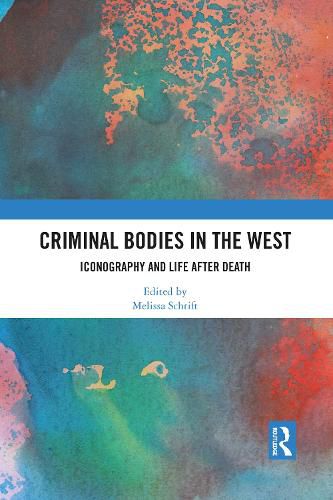Readings Newsletter
Become a Readings Member to make your shopping experience even easier.
Sign in or sign up for free!
You’re not far away from qualifying for FREE standard shipping within Australia
You’ve qualified for FREE standard shipping within Australia
The cart is loading…






This book explores the cultural meanings of the criminal body in the west through historical and multidisciplinary frameworks, examining both how the criminal corpse was viewed as a repository of power and how it held significant cultural meaning as material relic.
Authors situate the criminal body at different historical junctures to examine ways in which the criminal corpse was displayed and managed for social, political, magical and medicinal powers and purposes. They explain how this legacy persists in significant ways in the contemporary west, primarily through the commodification of criminal bodies in popular and public displays. The role of notorious criminal bodies in contemporary culture also reverberates in political and scientific realms in which criminal bodies often carry symbolic meanings related to ambivalence over interpretations of death.
Drawing on examples from history as well as more contemporary criminal bodies, the book will be of interest to those studying death and criminology, and show how the criminal body can retain an iconic status in the collective memory of the living. This book was originally published as a special issue of Mortality.
$9.00 standard shipping within Australia
FREE standard shipping within Australia for orders over $100.00
Express & International shipping calculated at checkout
This book explores the cultural meanings of the criminal body in the west through historical and multidisciplinary frameworks, examining both how the criminal corpse was viewed as a repository of power and how it held significant cultural meaning as material relic.
Authors situate the criminal body at different historical junctures to examine ways in which the criminal corpse was displayed and managed for social, political, magical and medicinal powers and purposes. They explain how this legacy persists in significant ways in the contemporary west, primarily through the commodification of criminal bodies in popular and public displays. The role of notorious criminal bodies in contemporary culture also reverberates in political and scientific realms in which criminal bodies often carry symbolic meanings related to ambivalence over interpretations of death.
Drawing on examples from history as well as more contemporary criminal bodies, the book will be of interest to those studying death and criminology, and show how the criminal body can retain an iconic status in the collective memory of the living. This book was originally published as a special issue of Mortality.